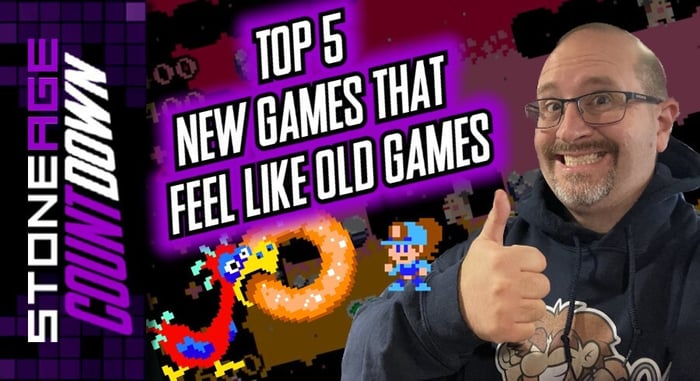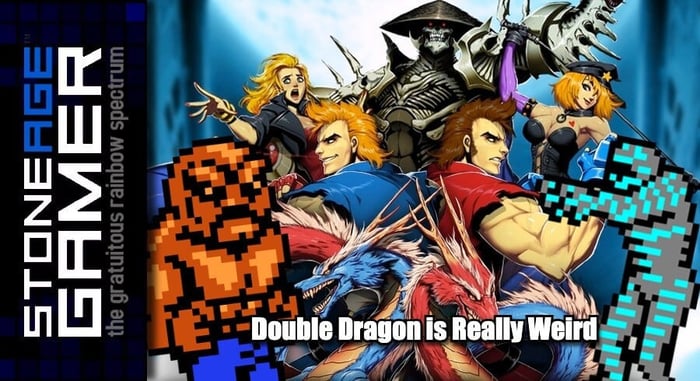
Why I Love California Games 2600
California, Here We Come!
There was a time in the late 80’s/early 90’s when people everywhere seemed obsessed with California. Something about the Golden State’s beach culture resonated with the youth of America and before you knew it, fluorescent colored clothes, skateboards, and surfer-dude lingo were absolutely everywhere. But even before TV shows like Beverly Hills 90210 and Saved by the Bell became unavoidable, video games began capitalizing on the craze. One of the very first to do so was California Games.
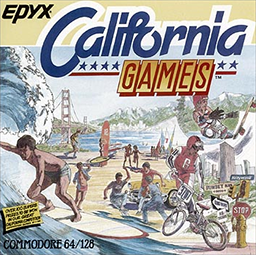
Originally released for the Commodore 64 and Apple II computers, California Games was the latest and greatest addition to developer EPYX’s “Something Games” line of titles. Having previous success with Summer Games and Winter Games, EPYX decided that their new sports simulation would stray from the traditional Olympics themes, and instead focus on those newfangled “extreme sports” all the kids were talking about. It was a huge hit, and as such was ported as quickly as possible to just about every platform available at the time. While the Atari Lynx version is frequently lauded as one of the best, my favorite will always be the remarkably impressive version that landed on the humble Atari 2600.
Kicking it Old School
The moment you turn the game on, you’re hit with some of the best visual tricks the Atari 2600 was capable of. Two gradient rainbow colored bars with black line patterns shifting and bending through them fill your screen with basically every single color the Atari could throw at you. The game’s title scrolled vertically through the center, also in rainbow, and the Atari sound chip blasted the very best version of “Louie Louie” it could. It was the epitome of cool for its time, and was essentially the programmer’s way of showing you right up front that they knew what they were doing. Sure, this was the Atari 2600, and it was hopelessly outclassed by more modern hardware, but it still had some tricks up its sleeve, and you were going to see them all.
Like most Atari 2600 games, you started your game by pressing the Reset button, and doing so here would bring you to a screen with a list of brands, and not just a bunch of made-up ones! Actual real life brand names, and they’re all there to sponsor you in the California Games!!! Names like Op, Casio, JetSki, and of course, EPYX, were just a few of the options available to you. More importantly, that neat gradient rainbow effect was scrolling at the top and bottom of the screen. It may seem like sarcasm, but that effect really is impressive. When you think of what the Atari 2600 was generally capable of, this little visual trick was, and still is, just really cool to look at. What’s more impressive though, is how it is used throughout the game in different ways, starting with the first stage.
Professional Product Placement
After you choose a sponsor (which has absolutely no effect on the rest of the game as far as I can tell), you begin your first event: Footbag. More commonly known as Hacky Sack, Footbag puts you in control of a blonde kid with weird posture standing in the middle of a field. He’s kind of a horror show if you really look at him, but you’ll be concentrating more on the ol’ footbag anyway, so it’s not that big a deal. The sky in the background utilizes some of that cool gradient effect, except instead of a rainbow, it’s all blue. It’s not much, but it makes everything feel more alive than if it was just solid blue. Meanwhile, you’ve got a surprising amount of moves at your disposal, considering your joystick only has one button. The game cleverly makes your character perform a number of actions depending on his relationship with the bag. It’s a surprisingly fun game. But seriously, don’t look directly at the kid’s face. It’s… haunting.
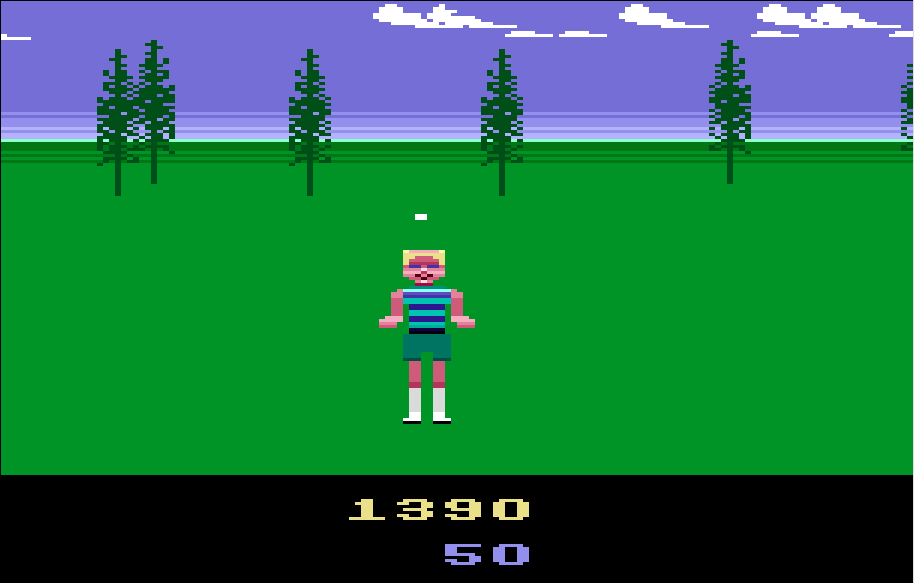
Next, you face the halfpipe. You play as a skater (again, blonde) and you go up and down the halfpipe doing tricks to increase your score. There are several types of moves you can perform, but this one is way tougher than the footbag section. You’ll find your character scraping his knees very often if you aren’t careful. You control your skater’s speed by alternating up and down on the joystick, matching the character’s placement on the pipe. Then, to perform stunts, you press the button in conjunction with a different joystick motion. It’s tougher than it sounds, because as you gain speed, nailing the timing can be a real challenge. Still, it’s a fun little diversion to keep you busy before you hit the best event ever.
Bikes Are Best
After skateboarding, you get Bicycling! This is absurdly fun. You play as an awesome solid black stick figure and you ride downhill doing stunts while trying not to fall off your bike. It’s fast, silly, and extremely fun. You control your speed by pressing forward or backward on the joystick, and you press the button to jump. While you’re airborne, different joystick directions will determine what type of stunt you do, but if the stunt animation isn’t completed by the time you land, you’ll fall on your butt and your stick figure will see stars. This was where I spent the majority of my playtime in California Games. It really is a ton of fun to play.

Finally, we have what is either the best or worst looking section of the game, depending on your point of view. For surfing, that gradient effect is used to create the bulk of the stage itself, which is a giant wave. It’s a cool looking effect, but it’s also incredibly crude. I remember playing this as a kid and not being able to figure out exactly what I was looking at for quite a long time. However, once I understood what they were going for, I found it to be a very impressive attempt to create a realistic, moving wave. It really is something. As for the actual gameplay, it’s probably the most finicky and technical of the bunch. You can really only control the direction your surfer (again, blonde) faces. The wave takes care of the rest. You can perform tricks, but the timing has to be precise or you’ll wipe out in a hilarious animation of your surfer getting dragged away by the current. It’s pretty tough to master, but much like the rest of this game, once you do it can be a lot of fun, and rather rewarding.
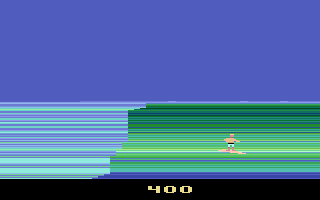
Lost in Time
And that pretty much sums up this game as a whole. Weird, but fun. California Games has been re-released on several newer systems over the years. The Commodore 64 version was even ported to the Wii Virtual Console back when that was a thing. It’s one of those games that will likely never really go away. The problem is that there were so many versions, it’s possible, even probable, that the version you grew up with will never resurface. For me, it was the Atari 2600 version, and as of this writing it’s never been ported to any other platform that I’m aware of. Tracking down the cart isn’t all that hard though, so if you do want to play what I consider to be the best version of California Games, it isn’t all that challenging. Not like performing a “hang ten” in the surfing event. That’s tough.



